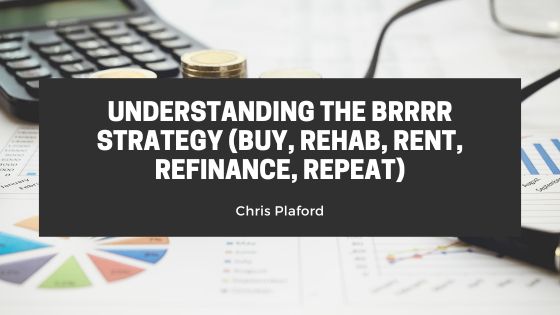The BRRRR strategy—Buy, Rehab, Rent, Refinance, Repeat—is a popular real estate investment approach that allows investors to grow their portfolios without continuously injecting large amounts of new capital. This method focuses on adding value to properties and leveraging that value to finance further investments. Here’s a breakdown of each step and how the BRRRR strategy can be effectively utilized.
1. Buy: Securing the Right Property
The first step in the BRRRR strategy is buying a property at a discounted price. Successful investors in this model typically target distressed properties, foreclosures, or properties that require significant repairs. The key is finding a property that can be purchased below market value. Buying low creates a margin that allows you to add value through rehabilitation, eventually increasing the property’s overall worth.
Investors must conduct thorough due diligence to ensure that the cost of purchasing the property and the expenses involved in rehabilitating it will still leave room for profit. Tools like real estate comparables (comps) and detailed market research help identify the right opportunities.
2. Rehab: Adding Value to the Property
The second step is to rehabilitate or renovate the property. This stage aims to increase the property’s value, making it more desirable for tenants and boosting its overall appraisal value for refinancing. Typical rehabilitation tasks might include updating kitchens, bathrooms, flooring, and electrical systems and addressing structural or aesthetic issues.
Investors must budget carefully and ensure that the renovation stays within scope. Over-improving a property in a lower-end neighborhood, for example, can eat into profits, so understanding the market and what renters are looking for in that area is key. A well-executed rehab increases rental income potential and improves the property’s value, which will come into play during the refinance step.
3. Rent: Generating Cash Flow
Once the rehab process is complete, renting out the property is the next step. This rental income is a crucial component of the BRRRR strategy as it provides cash flow that can help cover the costs of the property, including mortgage payments, taxes, insurance, and maintenance.
Investors should rent the property at a competitive rate that aligns with the market while ensuring it generates positive cash flow. Effectively screening tenants is also critical to ensuring consistent and reliable rental income. Managing the property efficiently, whether by the investor or through a property management company, helps maintain profitability.
4. Refinance: Accessing Your Capital
After successfully renting out the property, the next step is refinancing. This step involves taking out a new mortgage on the property based on its increased value after rehabilitation. Ideally, the latest loan will cover the original purchase price and the rehab costs, allowing you to recover your initial capital.
Many investors opt for a cash-out refinance, which enables them to pull equity from the property without selling it. By refinancing at a higher value, you can access capital that can be used to fund the next property purchase without tying up your cash. Working with a lender experienced in real estate investment is essential to get favorable refinancing terms.
5. Repeat: Scaling Your Investment Portfolio
The final step in the BRRRR strategy is to repeat the process. With the capital obtained from refinancing, investors can purchase the following property, thereby scaling their portfolio. You can steadily build wealth through real estate by continually reinvesting the capital received from one property into the next.
The BRRRR strategy is particularly effective because it allows investors to scale without constantly requiring new capital injections. This method allows you to leverage the equity gained through appreciation and rehabilitation to acquire more properties.
Conclusion
The BRRRR strategy offers a systematic approach to real estate investing that can generate substantial returns over time. Investors can build a robust real estate portfolio by buying properties below market value, adding equity through rehabilitation, renting for cash flow, refinancing to recover capital, and repeating the process. Success with BRRRR depends on thorough research, careful budgeting, and effective property management. This strategy can help investors achieve financial independence through real estate when executed correctly.
